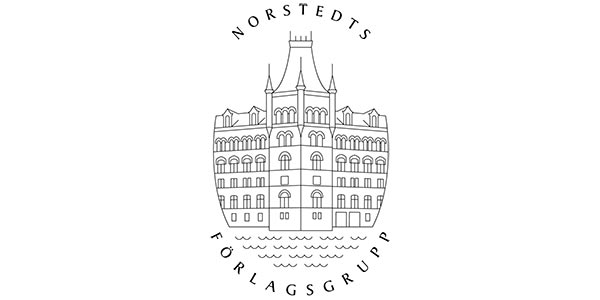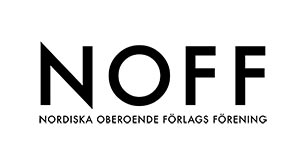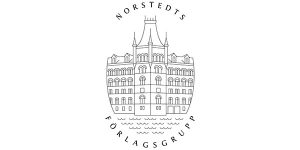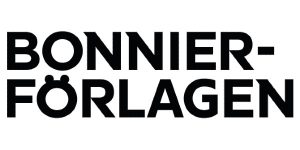
Civic Cultures in Eastern Europe: Communication spaces and media practices of Estonian civil society organizations

| Serie | Mediestudier vid Södertörns högskola (2022:2) |
|---|---|
| Författare | |
| Förlag | Södertörns högskola |
| Genre | Media och kommunikation |
| Format | Häftad |
| Språk | Engelska |
| Antal sidor | 206 |
| Vikt | 340 gr |
| Utgiven | 2022-09-12 |
| SAB | Bra |
| ISBN | 9789189504127 |
What kind of routine media and communication practices do Estonian civil society organizations enact in their everyday work? What sort of symbolic and physical spaces are used, created, and accessed by Estonian civil society organizations and informal citizen groups when engaging internally and with their target groups? How do these spaces and practices evolve over time? These are the questions this dissertation addresses, with the aim of understanding the ways in which already-established and evolving civil society organizations navigate the highly-mediated everyday through their routine media practices and the spaces in which these practices are situated.
Theoretically, this study takes a cultural approach to political participation with the concept of ‘civic cultures’ (Dahlgren 2009, p. 103) in the centrum. In this dissertation, the civic cultures framework is concentrated into a focus on the everyday, on media practices, and on communicative spaces. The concepts of ‘everyday’ and ‘spaces’ are empirically accessed through a practice approach. To distill and explore the role of media in the everyday work of civil society organizations, this thesis borrows from “activist media practices” (Mattoni 2012, p. 159) framework.
The empirical study is grounded in the wider geopolitical context of Eastern Europe and in the historical context of post-Soviet Europe, and more specifically in Estonian civil society. Using a multi-methods approach based on media ethnography, this study includes a nationally-representative survey, in-depth interviews with civil society organizations, and a longitudinal study of the Estonian Forest Aid movement.
This study found that parallel to striving towards episodic visibility in physical spaces, in mainstream media, and in decision making, civil society organizations worked on constant visibility in the social media space. The most used social media platform, Facebook, proved to be an important space for developing civic cultures on an everyday level: it was used for campaigns, opinion shaping, for disseminating news, and for civic talk. Everyday communication within the organizations was done using a mix of different media technologies and face-to-face meetings. Each media technology and communicative space had their own role and function in the everyday work of Estonian civil society organizations.























